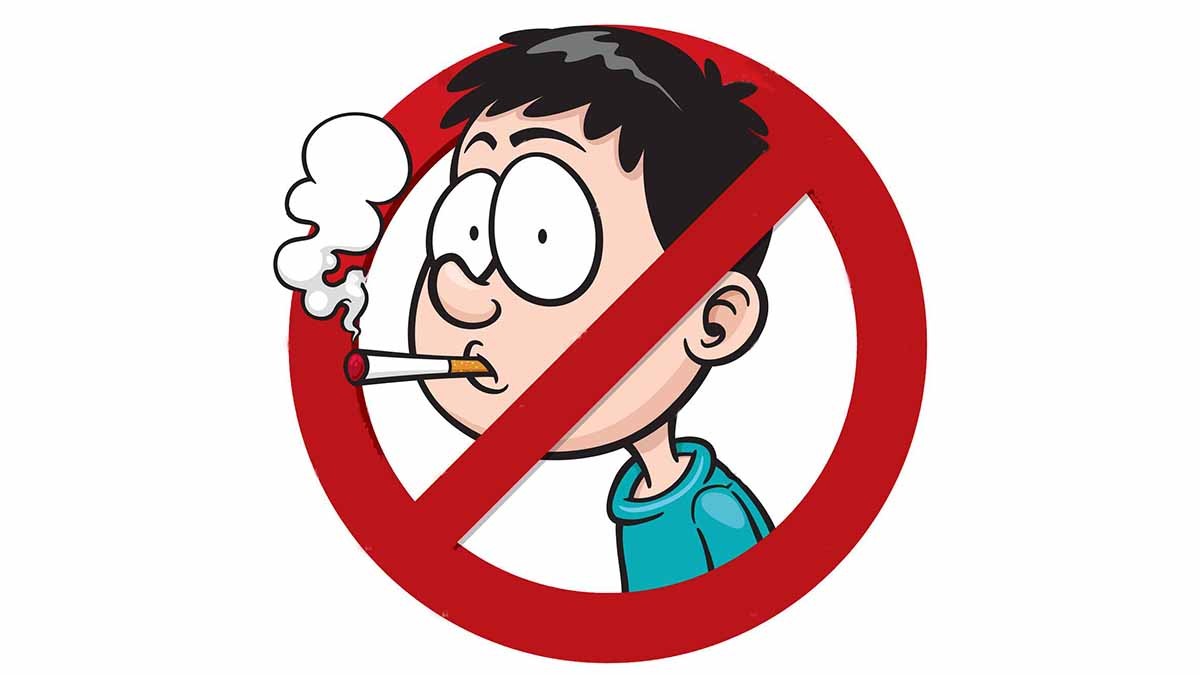What are the risk factors of head and neck cancer?
Head and neck cancer is a general term to describe different cancers in this area. These cancers start in the tissues in the head and neck area.
About 12,200 people are diagnosed with head and neck cancer in the UK every year. This includes cancer of the larynx (voicebox). In the UK, head and neck cancer is the 4th most common cancer in men.
The main risk factors for head and neck cancer are tobacco and alcohol, especially when combined. Head and neck cancer is also much more common in men than in women.
The human papilloma viruses (HPVs) are a group of common infections. It can affect the skin and the moist lining inside parts of the body (mucous membranes). The virus is most common inside the mouth, throat, genital area and anus. There are more than 100 types of HPV. Some can cause warts and verrucas. Others increase the risk of developing different type of cancer. These types are called high-risk HPV.
Most people will have HPV at some point in their life. Usually, the virus does not cause any damage and there are no symptoms. Most people do not know they have it. High-risk HPV is well established as the primary cause of cervical cancer, but in recent years, a clear role for this virus in other malignancies is also emerging. Indeed, HPV plays a pathogenic role in a subset of head and neck cancers—mostly cancers of the oropharynx—with distinct epidemiological, clinical and molecular characteristics compared with head and neck cancers not caused by HPV.
Worldwide, more than half a million cases of head and neck cancer (oral cavity, oropharynx, hypopharynx and larynx) are estimated to occur each year, making it the seventh most common cancer in the world.1 By 2020, growth and ageing of the population was estimated to >1 million new cases and over half a million deaths every year. Head and neck cancer is the most common cancer among men aged <55 years worldwide.
Quitting tobacco smoking has been reported to reduce the risk of head and neck cancer in previous studies. At least five cohort studies and 40 case–control studies suggested a reduction of head and neck cancer risk after the cessation of tobacco smoking to the order of 16–85%. [1]
A case-control study conducted from 1986 to 1989 using the Doubs Cancer Registry included 299 cases of head and neck cancer and 645 controls from the general population. The results provide an indicator of the respective roles of alcohol and tobacco in all these cancers and on the tumor site. The people who smoked more than one packet of cigarettes a day have a risk that is 13 times higher than that of non-smokers and those who drink more than one and a half litres of wine per day have a risk that is 34 times higher of developing head and neck cancer. [2]
How can we prevent such conditions?
As usual, lifestyle and nutrition play a key role on preventing many types of diseases.
For example, nutrition and lifestyle can reinforce our immune system, which in turn helps to fight pathogens like viruses and bacteria.
https://academic.oup.com/ije/article/39/1/182/712507
https://www.sciencedirect.com/science/article/abs/pii/0964195595000410

